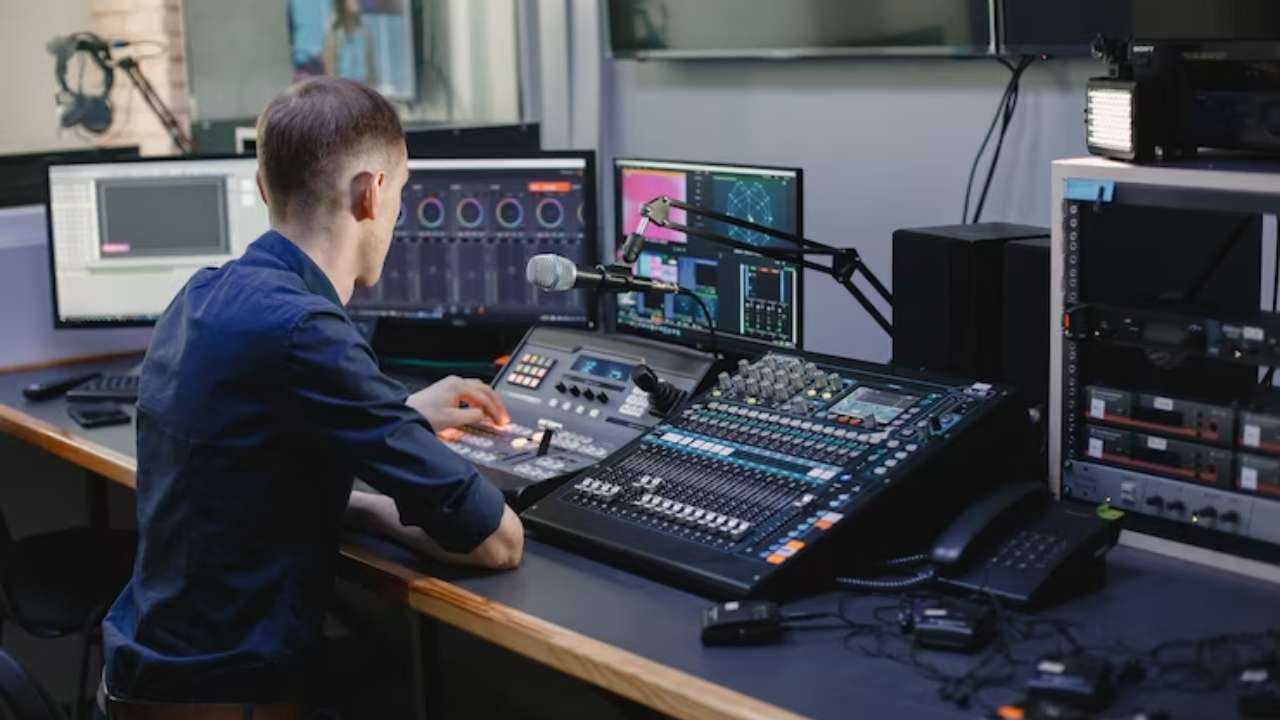
Positioning security cameras efficiently remains essential for enhancing monitoring in different environments, including homes, commercial properties, and public areas. The primary goal of surveillance cameras remains to deter crime while also offering proof in case of events. To attain this, it is important to take into account several elements, such as camera placement, field of vision, and the particular areas that need oversight. By comprehending these factors, people and organizations can develop a comprehensive surveillance strategy that optimizes the effectiveness of their surveillance systems.
One of the first actions in positioning surveillance cameras is to determine critical areas that require surveillance. Vulnerable areas, such as entry points, exits, parking lots, as well as locations with high-value items, should be given priority. It is crucial to consider areas not visible, which may be areas that might not be visible from certain perspectives. By mapping out these key locations, surveillance staff can ensure that every corner remains observed, reducing the chances of illegal activity going undetected. Additionally, placing cameras at key points can assist create a complete view of the premises, allowing for improved overall security monitoring.
The viewing angle of a security system remains another crucial factor to consider. Various types of surveillance systems offer different ranges of view, which can influence how much space gets captured in the video. For instance, broad-view cameras can monitor larger areas, making them ideal for spacious areas, while pan-tilt-zoom cameras can be modified to concentrate on particular features. When positioning cameras, it becomes important to select the right type based on the location being monitored. This ensures that the camera can record sharp footage and offer valuable data in the event of an incident.
Height and angle of installation also play a crucial part in the effectiveness of surveillance systems. Cameras must be mounted at a height that is out of reach of possible interference but also enables for clear visibility of see this page faces and other identifying features. A common suggestion is to install cameras at least eight to ten ft off the floor. Additionally, the tilt at which the camera is positioned can affect its capability to record important details. Cameras must be tilted to reduce reflection and avoid obstructions, ensuring that they can capture clear footage at all moments.
In conclusion, routine upkeep and improvements to the surveillance camera is crucial for sustained efficacy. This includes checking system performance, cleaning lenses, and making sure that firmware is current. Regular assessments of the monitoring plan can help identify any additional areas not visible or locations that may require extra monitoring. By staying proactive and implementing required changes, individuals and organizations can enhance their monitoring efficacy and ensure that their surveillance systems continue to fulfill their intended purpose.
Comments on “Optimal Strategies for Placing Security CCTV to Enhance Surveillance Efficacy”